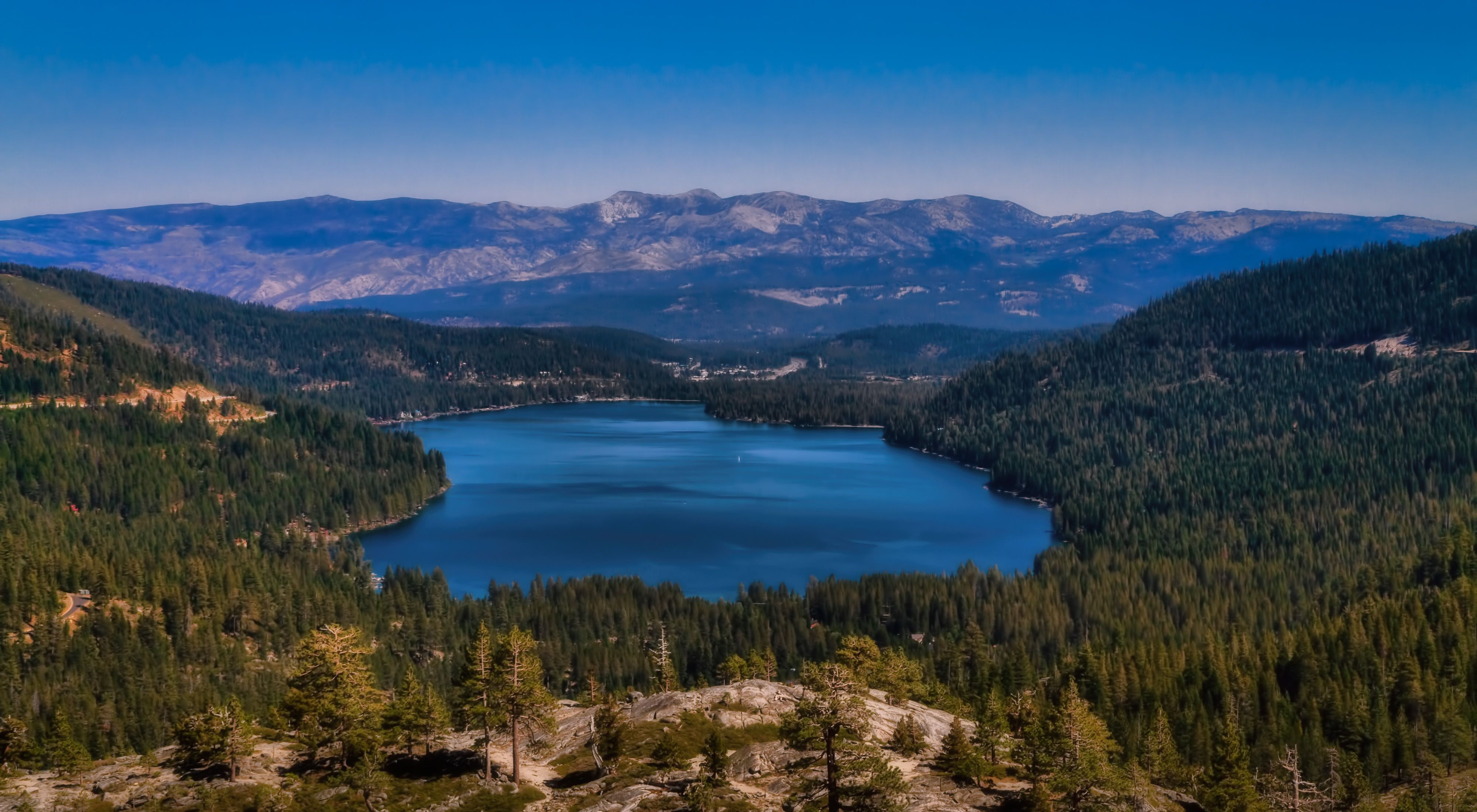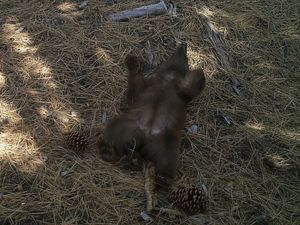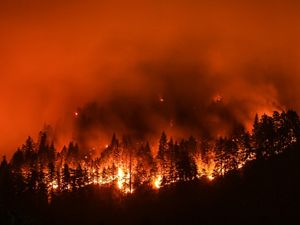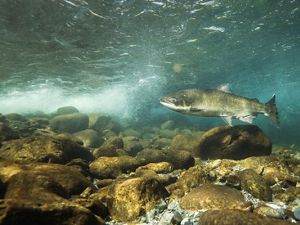A landscape-scale endeavor that reflects a unique and ambitious approach…
World-renowned for its majestic beauty, the Sierra Nevada Mountain Range boasts such famous landmarks as Yosemite Valley, Lake Tahoe, Kings Canyon National Park, Giant Sequoia National Monument, and Mount Whitney, the tallest peak in the continental United States. Within the Sierra Nevada lies the Northern Sierra Project, a landscape-scale endeavor that reflects the unique and ambitious approach of The Nature Conservancy.
The Northern Sierra Project is located in the northern portion of the Sierra Nevada mountain range. The Project Area stretches from Lake Tahoe to the southern border of the Lassen National Park.
In 2000, TNC launched the Northern Sierra Project to protect the mountain valleys, meadows, wetlands, and aquatic and riparian communities that represent the area's unique natural diversity.
In 2008, the Feather River Land Trust, the Sierra Business Council, The Nature Conservancy, the Truckee Donner Land Trust and The Trust for Public Land united to form the Northern Sierra Partnership in order to conserve the most valuable lands and waters of the northern Sierra Nevada.
The Northern Sierra Partnership's conservation goals are:
- Protect, restore, and sustain wetlands, wet meadows, lakes, and streams to conserve important water resources, species, and habitats.
- Reduce the fragmentation of forests, restore forest health, and support the maintenance of well managed, fire resilient forests.
- Work with local communities and landowners to achieve sustainable land uses and enhance sustainable local economies.
- Demonstrate how the protection and stewardship of well-designed conservation areas can allow ecosystems and species to adapt to climate change impacts.
- Build enduring support and capacity for a common conservation vision for the northern Sierra and serve as a model for collaboration in other regions.
Visit the Northern Sierra Partnership web site to learn more about this unique partnership.
The Northern Sierra Nevada contains the largest and most important wetlands of the entire Sierra Nevada Ecoregion. These wetlands help support the greatest abundance and diversity of bird life anywhere in the Sierra Nevada. In addition, the mountain valleys in the Northern Sierra Project contain the finest remaining wet meadows and riparian corridors of the Northern Sierra Nevada Mountains. The wetlands, wet meadows, and riparian corridors of the Northern Sierra Project are privately owned, and threatened by the rapid pace of change in California.
What TNC Has Done/Is Doing
Land acquisition and conservation easements are the first steps toward protecting the wetlands and wet meadows of the Northern Sierra Nevada.
- Conservation easements allow landowners to continue using their property, but permanently rule out subdivision, development, or other detrimental land-use practices.
- Outright acquisition allows TNC to manage a property intensively to restore and enhance natural values.
Thus far, TNC has protected three properties that cover approximately 14,000 acres. TNC is in the process of protecting additional properties through conservation easement and outright acquisition, including Independence Lake, the jewel of the Sierra. In addition, we are also working with local land trusts, government agencies, and private landowners to implement collaborative, habitat-friendly land management strategies.
Plants
The Sierra Nevada is the most botanically diverse region for its size in all of North America north of Mexico. There are more than 3,500 plant species in the region, and of these approximately 400 are found nowhere else in the world. Within the Northern Sierra Project there are dozens of rare and beautiful plants including the Washoe pine and Sierra Valley ivesia.
Animals
The Sierra Nevada is rich in wildlife, and many animals occur in the Northern Sierra Project, including mountain lion, mule deer, badger, mountain yellow-legged frogs, and Lahontan cutthroat trout. The wet meadows along the Little Truckee River support the state-endangered willow flycatcher. The natural wetlands of Sierra Valley are a summer home to greater sandhill cranes, white faced ibis, long-billed curlew, Wilson's phalaropes, black-headed terns, and many species of waterfowl and shorebird. During the fall months in Sierra Valley, migratory raptors appear, including Swainson's hawks, rough-legged hawks, prairie falcons, peregrine falcons, and bald eagles.
Independence Lake is an outstanding outlet for nature enthusiasts, hikers and sportsmen alike. The lake is open to the public for day use from June through October.
Make a Difference in California
We have protected 1.5 million acres of landscapes and 3.8 million acres of sea floor off our coast in California—habitats that are essential to the survival of nature and people.



